On This Day…April 22nd
US soldiers inspect an abandoned Sturmtiger of Sturmtiger-Morser-Batterie 1002, near Caleb, Germany, April, 1945.
@kapa86 iModeler
Spitfire MkIXs of RAF 73 Squadron, taxing at Prkos near Zadar, Yugoslavia on 22nd of April 1945; note the distinctive roundel in the photo (and seen below).
75mm penetration through the turret armor of a 2nd Battalion Irish Guards Sherman Mk. V (M4A4) - struck from 400 yards near Elsdorf - 22nd of April, 1945.
Port side view of ‘Essex-class’ carrier USS Ticonderoga receiving final preparations at Newport News Naval Shipyard before being delivered to the US Navy, Virginia, Untied States, Apr 22, 1944.
A few months later the Ticonderoga (below) lists to port in the aftermath of a kamikaze attack in which four suicide planes hit the ship, 21 January 1945.
On 22nd April 1943, a formation of 27 fully loaded Me 323s was being escorted across the Sicilian Straits by several Bf 109s of JG 27 when it was intercepted by Spitfires and P-40s. Of the 27 huge machines, only 6 reached their destination; the remaining 21 Me 323s were lost while three of the P-40s were shot down by the escorts.
Initially, the Me 323 was so difficult to launch that it took three aircraft towing AND rocket assistance (see video below). However, latterly the unusual He 111Z (Zwilling) was used as a towing vehicle.
On April 22nd, 1944 a German one-man submarine (converted from an ordinary torpedo which had the warheads replaced by a control cockpit) was captured on the beachhead at Anzio.
As opposed to the Japanese ‘Kaiten’ suicide submarines (below), the German version this is fastened a regulation torpedo under the piloted compartment which can be released at a target and the pilot has a return journey.
The sub in the photo was caught with a 17 (seventeen) year old German pilot.
The absurdity of war.
On the 22nd April 1915, the German Army released 168 tons of chlorine gas on Langemark–Poelkapelle, north of Ypres. In the early evening slight easterly breeze, the liquid chlorine was siphoned from the tanks, producing gas which formed a grey-green cloud that drifted across the positions held by French Colonial troops from Martinique, as well as the 1st Tirailleurs and the 2nd Zouaves from Algeria.
Not knowing what the cloud was, the French troops broke ranks, creating an 8,000-yard gap in the Allied line. The German infantry, also fearful of the gas, failed to exploit the break. The 1st Canadian Division and assorted French troops reformed the line in scattered positions.
The Allied forces claimed the attack was a violation of international law but Germany argued that the Hague treaty stated only only that gas could not be used from ‘banned chemical shells’, rather than the use of gas projectors, below.
In a stunning piece of hypocritical tactics, the British expressed outrage at Germany's use of poison gas at Ypres and responded by developing their own gas warfare capability.
The commander of II Corps, Lieutenant General Sir Charles Ferguson, said of gas:
“It is a cowardly form of warfare which does not commend itself to me or other English soldiers ... We cannot win this war unless we incapacitate more of our enemies than they do of us, and if this can only be done by our copying the enemy in his choice of weapons, we must not refuse to do so.”
Terrific photo of a SBD Dauntless photographed on a ‘milk run’ (missions to bypassed Japanese islands that had little or no aircraft for protection) raid on Rabaul, April 22nd, 1944.
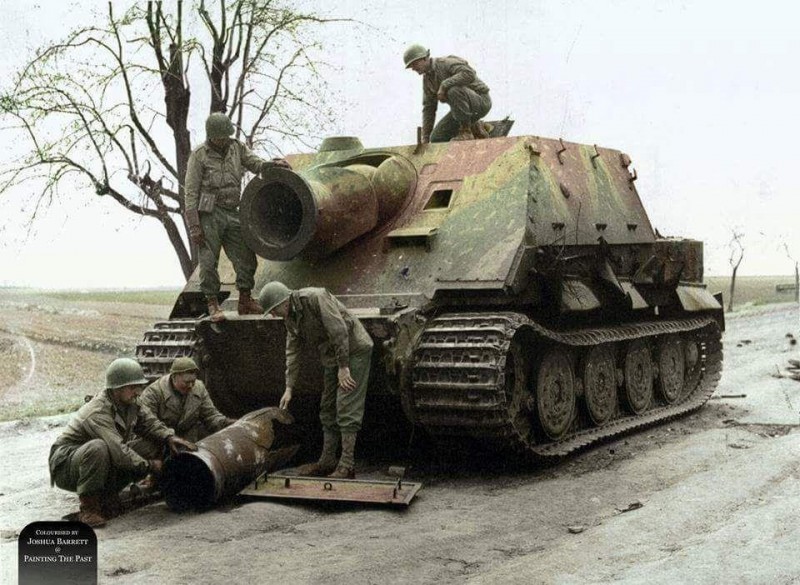
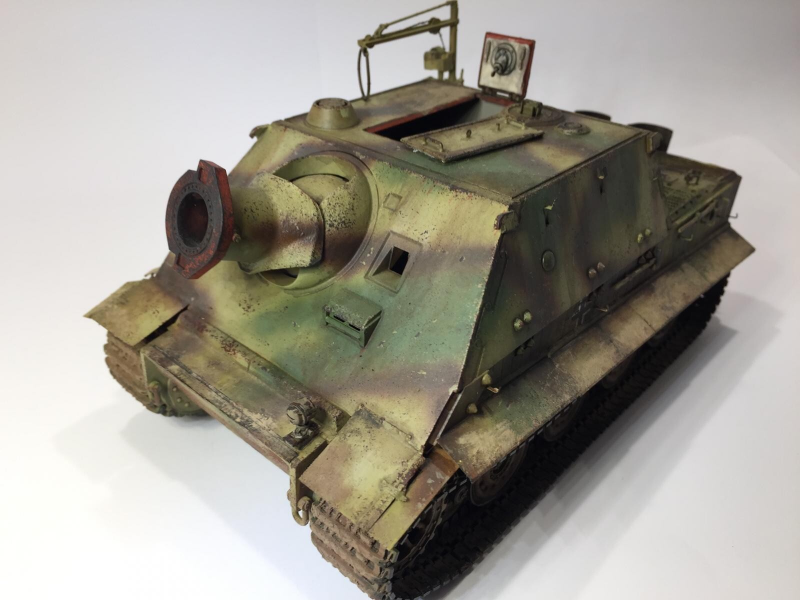
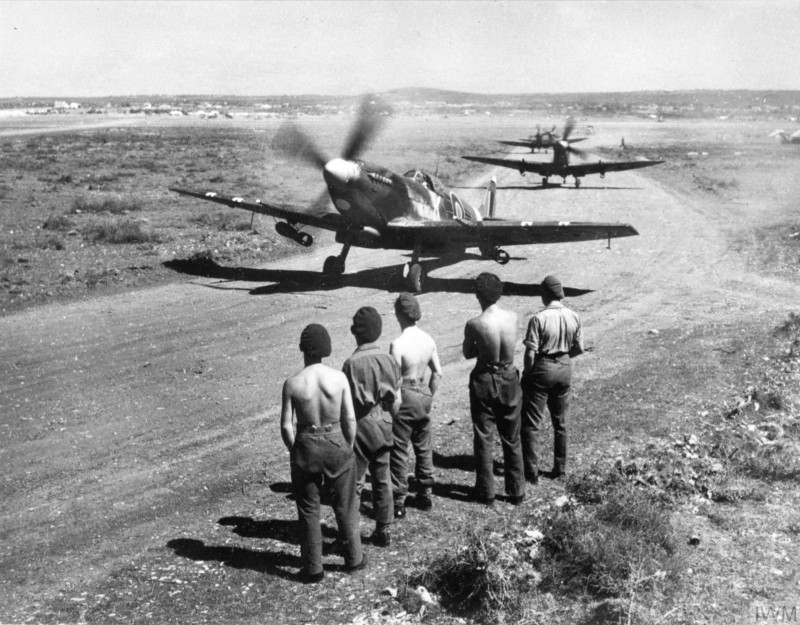
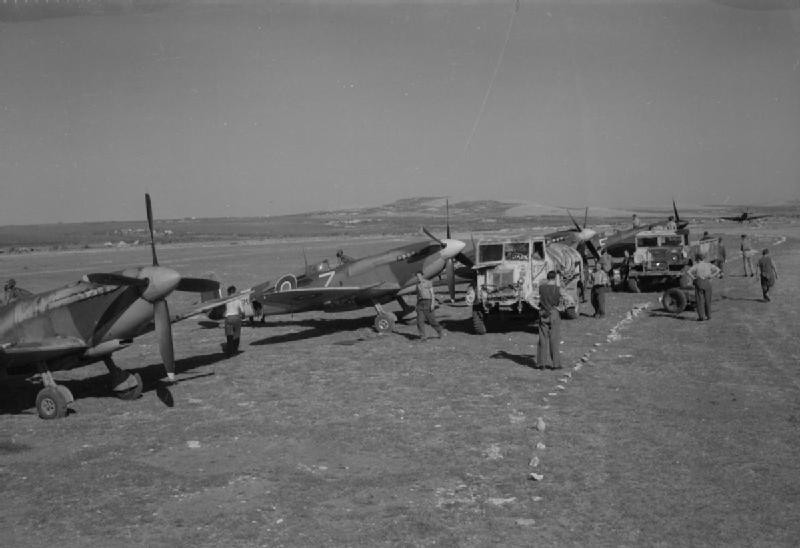
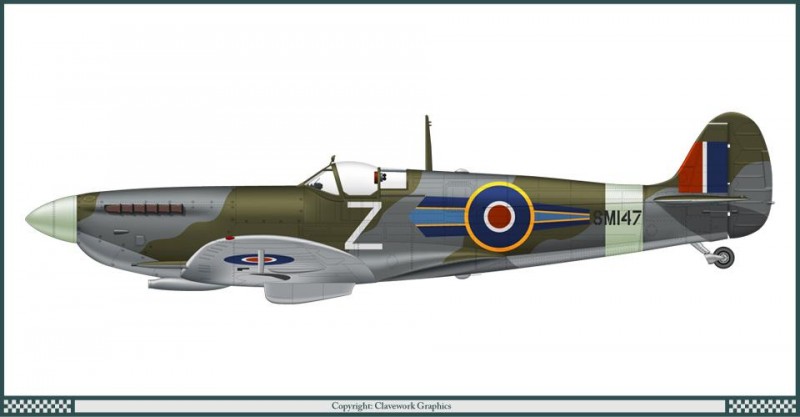

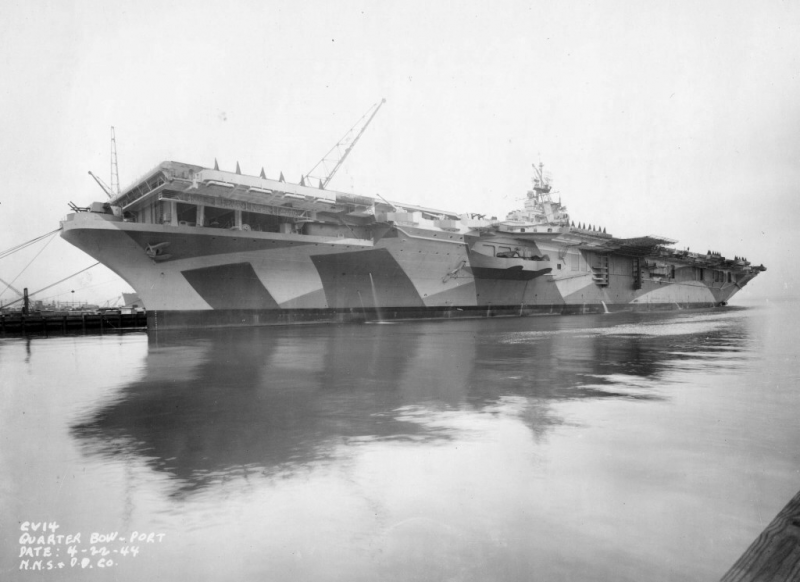
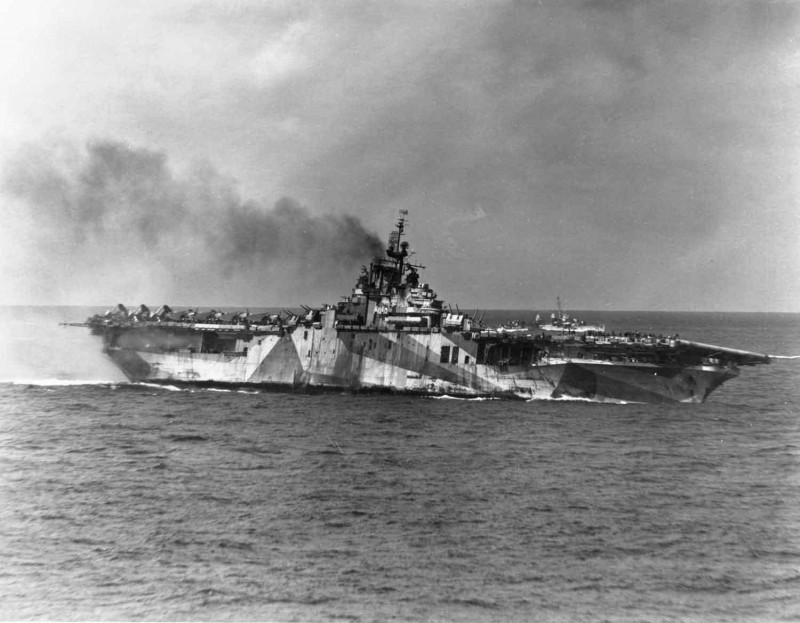
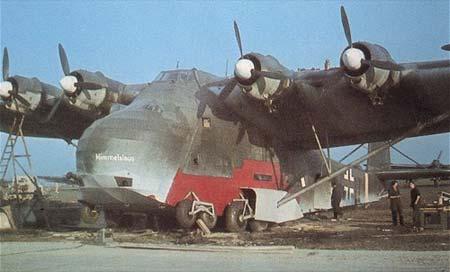
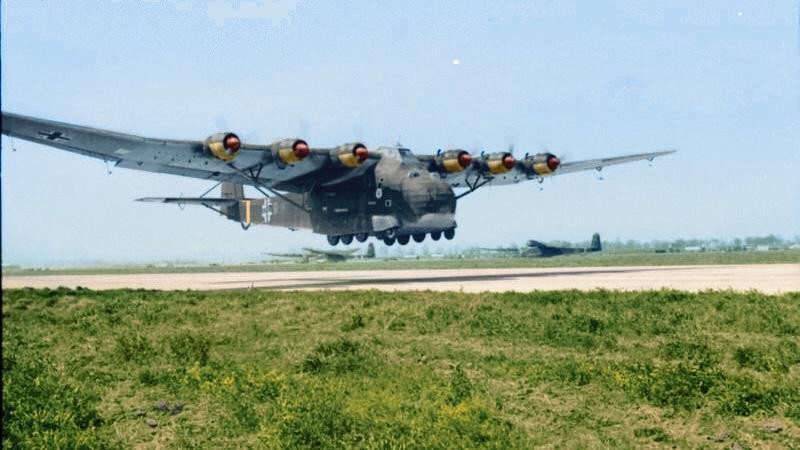

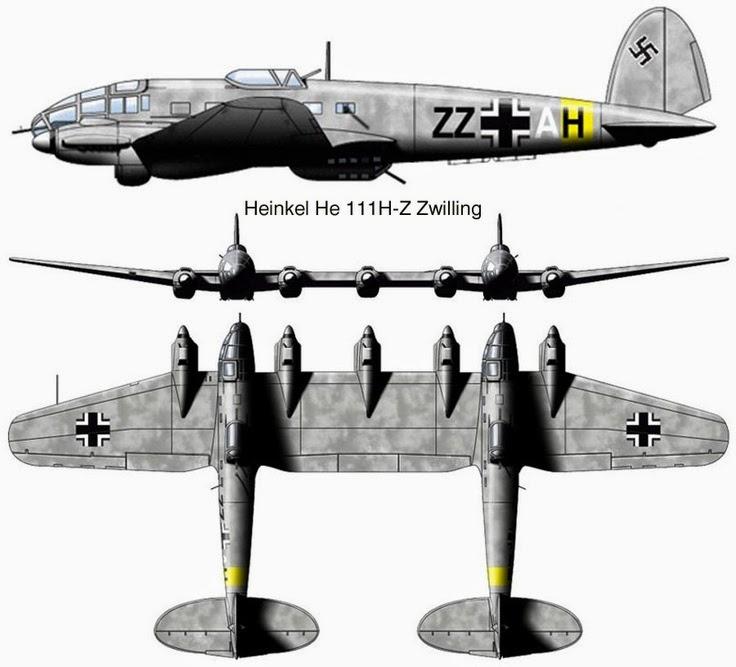
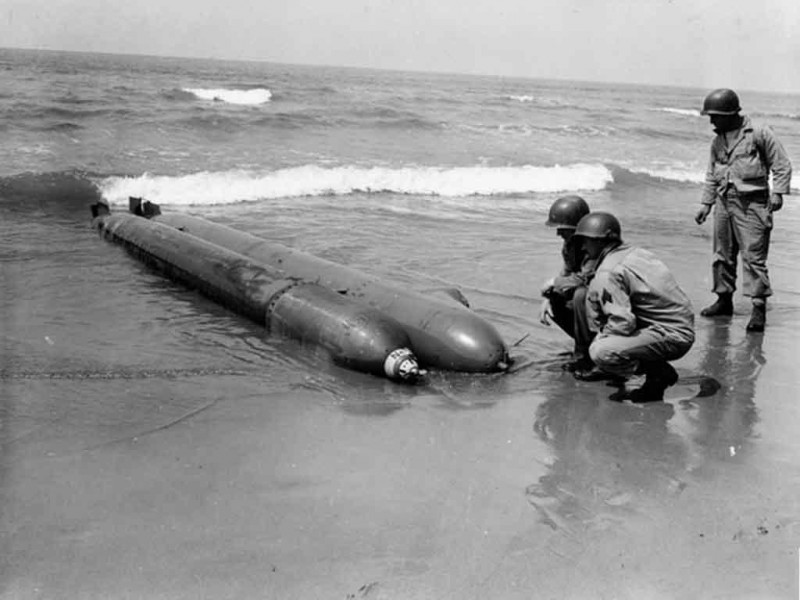


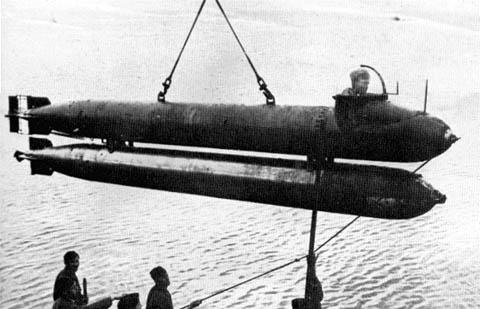

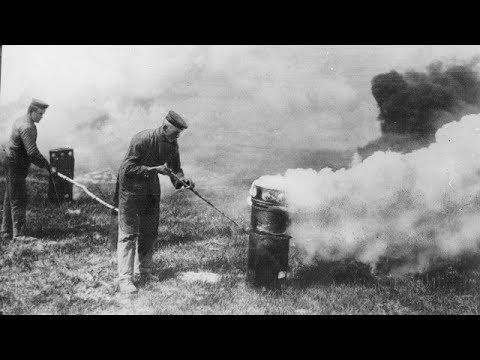
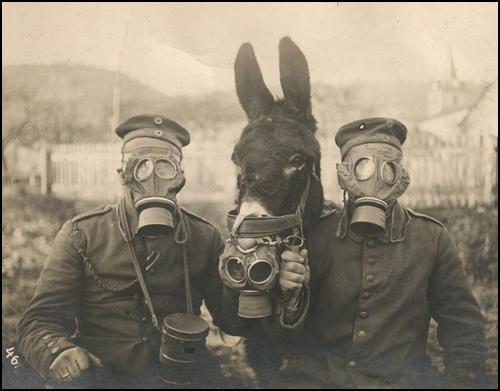

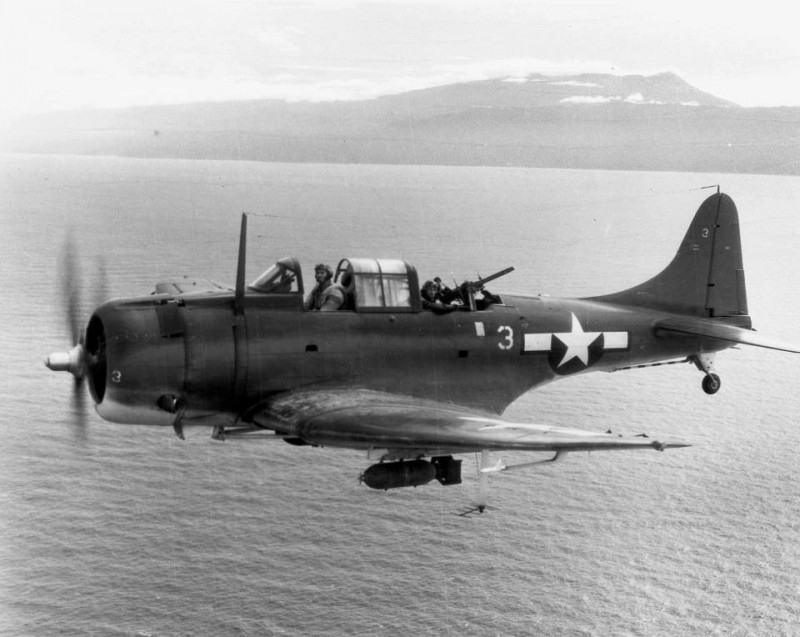

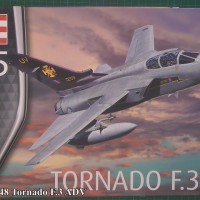
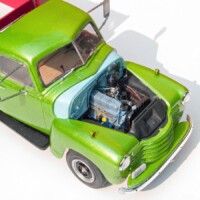
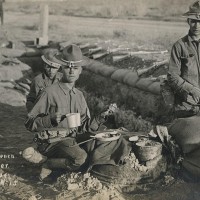
well that gives a whole new meaning to "passing gas"
Well, as far as weapons go, and knowing human nature - we can only give thanks that it didn’t catch on.
I remember N B C warfare training, many a nasty way to die.
Wow, man that Zwilling is some unusual construction. Very intriguing.